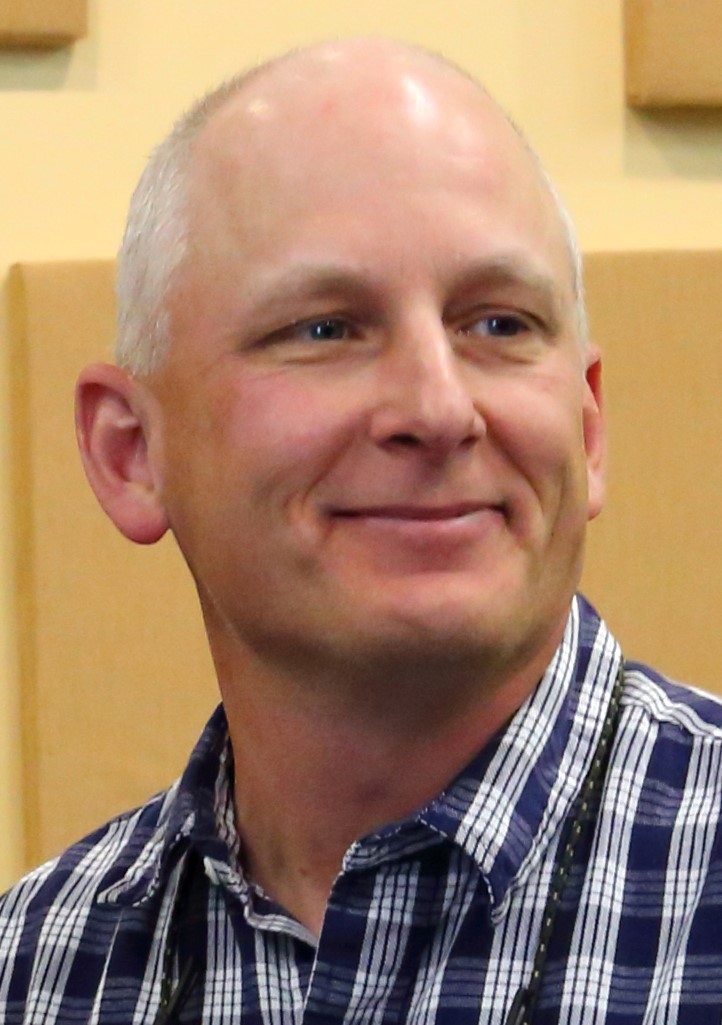Forest Resilience in a Changing Environment: Hints from Hubbard Brook

Dr. Battles’s research addresses the pressing need to understand how ecosystems respond to a changing environment. His insights on how interacting disturbances may reshape northern hardwood ecosystems will be valuable to anyone with an interest in forests, conservation planning, and global change.
— Renee Albrecht, MESM 2020, Forest Sustainability Fellow
Forest Sustainability Fellowship Program Speaker
ABSTRACT
A defining characteristic of the northern hardwood forest is its capacity to resist minor disturbances and to recover from major perturbations. An early insight from the first decade of ecosystem research at Hubbard Brook Experimental Forest (White Mountains, New Hampshire) noted the rapid re-establishment of the vegetation following a catastrophic event (i.e., deforestation) that predictably returns to a forest defined by small temporal fluctuations around a carbon carrying capacity and the persistence of shade-tolerant, mature forest tree species. Responses to subsequent imposed (e.g., timber harvests of varying intensity) and natural disturbances (e.g., ice and wind storms) followed suit – forest composition, structure and function seemed to be on expected trajectories of resistance and recovery. However, closer inspection of more than 50 years of long-term data suggests that the resilience of the northern hardwood ecosystem is eroding. In this talk, I will use Hubbard Brook as a case study to explore the meaning and measure of forest resilience. I will also share what I consider troubling indicators that the interacting effects of chronic stressors, namely air pollution, an invasive pathogen, and a warming climate, may fundamentally reshape the patterns and processes that govern the northern hardwood ecosystem.
BIO
John J. Battles is a field scientist engaged in long-term research of temperate forest ecosystems. His goal is to understand how and why forests change. Towards this end, his research seeks to understand the dynamic response of forest communities to disturbances and perturbations such as air pollution, invasive species, forest management, extreme drought, and fire. His recent work has focused on understanding the interactions among disturbances in order to assess their potential to reshape forests. As a key indicator of ecosystem function, he tracks how disturbance and recovery influence carbon cycling and storage.